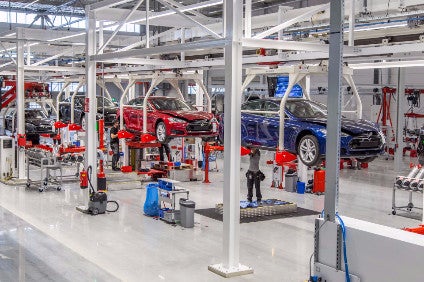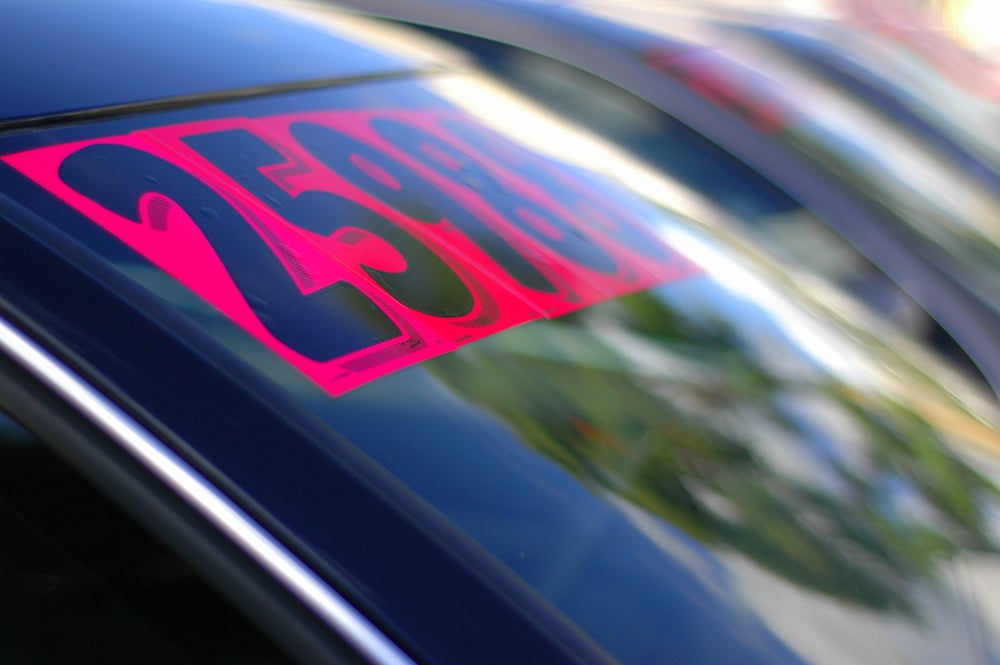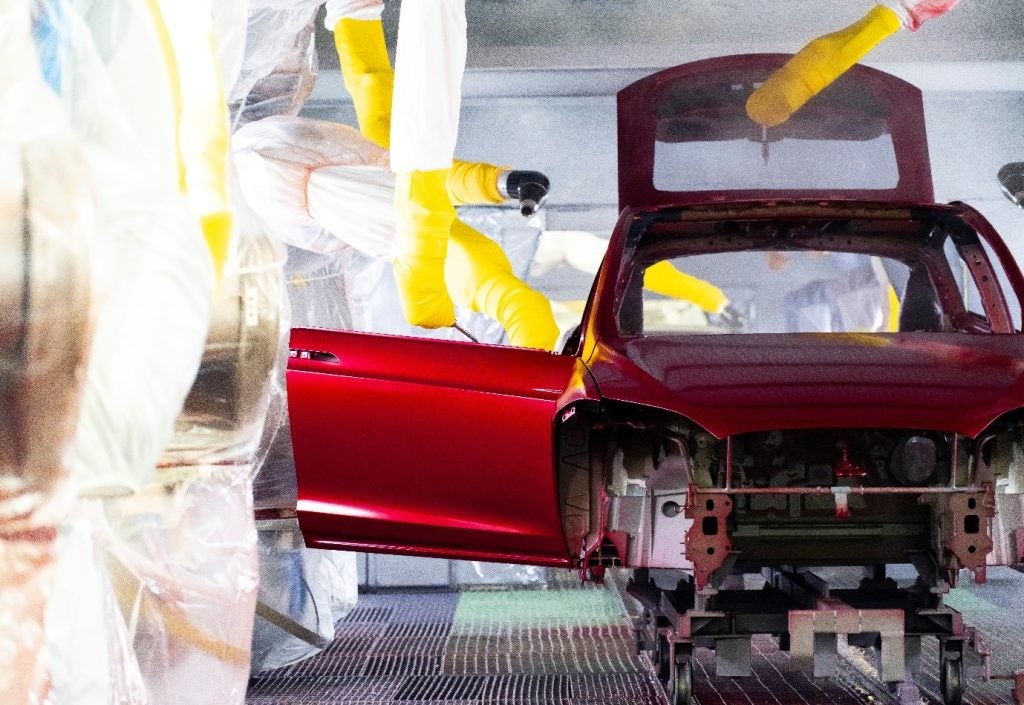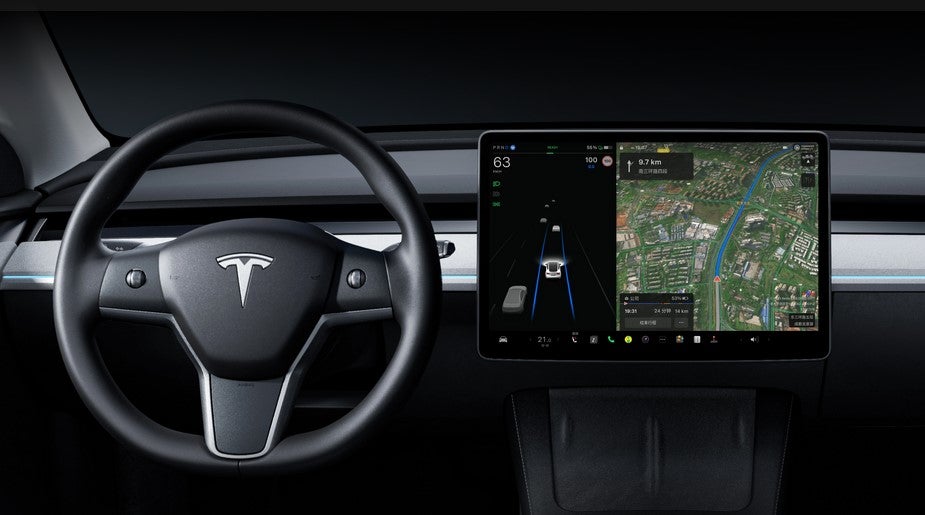
Tesla chief Elon Musk’s just-announced Master Plan, Part Deux, announced in the US last night (20 July) has attracted a mixed reaction from some US auto industry analysts.
In typical fashion, Musk announced his latest plan in a blog on Tesla’s website, noting the first master plan he wrote 10 years ago “is now in the final stages of completion” and “wasn’t all that complicated” – create a low volume car, “which would necessarily be expensive; use that money to develop a medium volume car at a lower price; use that money to create an affordable, high volume car; and provide solar power”.
He summarised Master Plan, Part Deux as: “Create stunning solar roofs with seamlessly integrated battery storage; expand the electric vehicle product line to address all major segments; “develop a self-driving capability that is [10 times] safer than manual via massive fleet learning”; and enable a car to make money for its owner when he or she isn’t using it.
Integrated energy generation and storage
Musk said Tesla would integrate energy generation and storage to “create a smoothly integrated and beautiful solar-roof-with-battery product that just works, empowering the individual as their own utility, and then scale that throughout the world. One ordering experience, one installation, one service contact, one phone app.
“We can’t do this well if Tesla and SolarCity are different companies, which is why we need to combine and break down the barriers inherent to being separate companies. That they are separate at all, despite similar origins and pursuit of the same overarching goal of sustainable energy, is largely an accident of history. Now that Tesla is ready to scale Powerwall and SolarCity is ready to provide highly differentiated solar, the time has come to bring them together.”
How well do you really know your competitors?
Access the most comprehensive Company Profiles on the market, powered by GlobalData. Save hours of research. Gain competitive edge.

Thank you!
Your download email will arrive shortly
Not ready to buy yet? Download a free sample
We are confident about the unique quality of our Company Profiles. However, we want you to make the most beneficial decision for your business, so we offer a free sample that you can download by submitting the below form
By GlobalDataWider market coverage
Tesla would also expand to cover the major forms of terrestrial transport, Musk added. He said the electric vehicle maker currently addresses only “two relatively small segments of premium sedans and SUVs” but, “with the Model 3, a future compact SUV and a new kind of pickup truck, we plan to address most of the consumer market. A lower cost vehicle than the Model 3 is unlikely to be necessary, because of the third part of the plan”.
“What really matters to accelerate a sustainable future is being able to scale up production volume as quickly as possible,” Musk added. “That is why Tesla engineering has transitioned to focus heavily on designing the machine that makes the machine – turning the factory itself into a product. A first principles physics analysis of automotive production suggests that somewhere between a five to 10-fold improvement is achievable by version three on a roughly two year iteration cycle. The first Model 3 factory machine should be thought of as version 0.5, with version 1.0 probably in 2018.
Commercial vehicles
Musk said electric, heavy-duty trucks and high passenger-density urban transport vehicles are also required alongside “consumer vehicles”.
“Both are in the early stages of development at Tesla and should be ready for unveiling next year,” he said. “We believe the Tesla Semi will deliver a substantial reduction in the cost of cargo transport, while increasing safety and making it really fun to operate.
“With the advent of autonomy, it will probably make sense to shrink the size of buses and transition the role of bus driver to that of fleet manager. Traffic congestion would improve due to increased passenger areal density by eliminating the centre aisle and putting seats where there are currently entryways, and matching acceleration and braking to other vehicles, thus avoiding the inertial impedance to smooth traffic flow of traditional heavy buses. It would also take people all the way to their destination. Fixed summon buttons at existing bus stops would serve those who don’t have a phone. Design accommodates wheelchairs, strollers and bikes.”
Autonomy
“As the technology matures,” Musk said, “all Tesla vehicles will have the hardware necessary to be fully self-driving with fail-operational capability, meaning that any given system in the car could break and your car will still drive itself safely. It is important to emphasise that refinement and validation of the software will take much longer than putting in place the cameras, radar, sonar and computing hardware.
“Even once the software is highly refined and far better than the average human driver, there will still be a significant time gap, varying widely by jurisdiction, before true self-driving is approved by regulators. We expect that worldwide regulatory approval will require something on the order of 6bn miles (10bn km). Current fleet learning is happening at just over 3m miles (5m km) per day.”
Autopilot crashes
Musk said Tesla (which is facing US regulatory scrutiny following high-profile crashes involving its cars using Autopilot) is deploying partial autonomy now, rather than waiting until some point in the future because, “when used correctly, it is already significantly safer than a person driving by themselves and it would therefore be morally reprehensible to delay release simply for fear of bad press or some mercantile calculation of legal liability”.
He added: “According to the recently released 2015 NHTSA report, automotive fatalities increased by 8% to one death every 89m miles. Autopilot miles will soon exceed twice that number and the system gets better every day. It would no more make sense to disable Tesla’s Autopilot, as some have called for, than it would to disable autopilot in aircraft, after which our system is named.
“It is also important to explain why we refer to Autopilot as ‘beta’. This is not beta software in any normal sense of the word. Every release goes through extensive internal validation before it reaches any customers. It is called beta in order to decrease complacency and indicate that it will continue to improve (Autopilot is always off by default). Once we get to the point where Autopilot is approximately 10 times safer than the US vehicle average, the beta label will be removed.”
Sharing
Tesla said when true self-driving was finally approved by regulators, it would mean drivers could summon a Tesla “from pretty much anywhere. Once it picks you up, you will be able to sleep, read or do anything else enroute to your destination.
“You will also be able to add your car to the Tesla shared fleet just by tapping a button on the Tesla phone app and have it generate income for you while you’re at work or on vacation, significantly offsetting and at times potentially exceeding the monthly loan or lease cost. This dramatically lowers the true cost of ownership to the point where almost anyone could own a Tesla. Since most cars are only in use by their owner for 5% to 10% of the day, the fundamental economic utility of a true self-driving car is likely to be several times that of a car which is not.
“In cities where demand exceeds the supply of customer-owned cars, Tesla will operate its own fleet, ensuring you can always hail a ride from us no matter where you are.”
Edmunds.com director of industry analysis Jessica Caldwell said: “If part one of Elon Musk’s master plan was like putting a man on the moon, part two is a lot more like colonising the galaxy. The plan sounds overly ambitious for now, especially considering [there] are already doubts about whether Tesla can meet its goals for the next two years. That said, Tesla’s goals are far different from that of other automakers because they start and end with completely eliminating the need for fossil fuels. Its competition, meanwhile, is focused on mobility solutions first, and energy sources second.”
Karl Brauer, a senior analyst at Kelley Blue Book, said: “Elon Musk’s latest plan for Tesla follows the same path already laid out by several other automakers. The idea of combining self-driving technology with electric powertrains is under way at Ford, Google and GM, just to name three. Combining this effort with a Tesla/Solar City merger gives Musk a slightly varied approach, but a negotiated agreement between an automaker and one of a dozen other solar energy companies would nullify that advantage. Established car companies also have the distribution and service network Tesla still lacks. Elon paints an appealing picture, but a near-term plan for profitability, or even a substantial improvement in current vehicle quality, would have been more impressive.”
“Tesla plans require a different aperture because Elon Musk views the world with a different lens,” added Brauer’s fellow KBB senior analyst Rebecca Lindland. “For better or worse (profitable or unprofitable), he measures success (and failure) with an entrepreneur’s metrics so judging his plans through the usual business standards will only lead to frustration and extreme scepticism.
“There is a synergy to solar and electric vehicles in the customer base and in government incentives. The pickup truck continues to be sold in huge volumes so he wants to appeal to a broader audience. There’s a synergy with trucking and autonomous vehicles – the most expensive part of shipping is the driver.
“Eliminating the driver – or at least allowing him/her to rest- would be a huge win for everyone.
“He’s playing to the most opportunistic segments of the mobility marketplace and it will be entertaining to watch what he comes out with next.”
Autotrader senior analyst Michelle Krebs said: “As is typical, Elon Musk has laid out a grandiose plan for the future with no timeframes and few specifics, and no mention of how and when Tesla will be profitable. Tesla’s latest [master plan] includes expanding its electric vehicle product line to cover all major segments when it hasn’t been meeting production targets with the limited product line it has now and in the next couple of years.”
Akshay Anand, another KBB analyst, said: “Elon Musk has laid out a grand plan, but it’s all in the execution for Tesla. There are plenty of lofty goals, and with them, come items such as cash burn, production, etc. First off, Model X issues need to be solved. Second, Tesla needs to deliver the Model 3 on time and reliable. Third, the Model 3 needs to sell to enough consumers to make the rest of Musk’s plan feasible. It’s awesome that Musk is really thinking about the future, but acting out the plan will be an interesting challenge.”
See also: Why has Teslamotors.com become Tesla.com?







